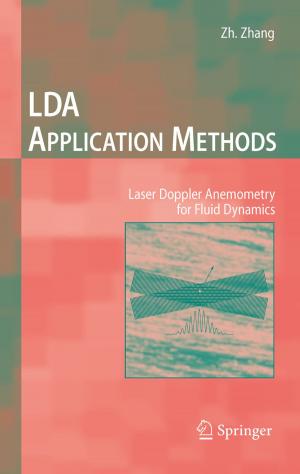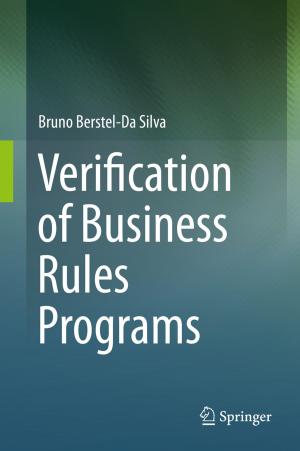The Gaussian Approximation Potential
An Interatomic Potential Derived from First Principles Quantum Mechanics
Nonfiction, Science & Nature, Science, Biological Sciences, Molecular Physics, Physics, Quantum Theory| Author: | Albert Bartók-Pártay | ISBN: | 9783642140679 |
| Publisher: | Springer Berlin Heidelberg | Publication: | July 27, 2010 |
| Imprint: | Springer | Language: | English |
| Author: | Albert Bartók-Pártay |
| ISBN: | 9783642140679 |
| Publisher: | Springer Berlin Heidelberg |
| Publication: | July 27, 2010 |
| Imprint: | Springer |
| Language: | English |
Simulation of materials at the atomistic level is an important tool in studying microscopic structures and processes. The atomic interactions necessary for the simulations are correctly described by Quantum Mechanics, but the size of systems and the length of processes that can be modelled are still limited. The framework of Gaussian Approximation Potentials that is developed in this thesis allows us to generate interatomic potentials automatically, based on quantum mechanical data. The resulting potentials offer several orders of magnitude faster computations, while maintaining quantum mechanical accuracy. The method has already been successfully applied for semiconductors and metals.
Simulation of materials at the atomistic level is an important tool in studying microscopic structures and processes. The atomic interactions necessary for the simulations are correctly described by Quantum Mechanics, but the size of systems and the length of processes that can be modelled are still limited. The framework of Gaussian Approximation Potentials that is developed in this thesis allows us to generate interatomic potentials automatically, based on quantum mechanical data. The resulting potentials offer several orders of magnitude faster computations, while maintaining quantum mechanical accuracy. The method has already been successfully applied for semiconductors and metals.















